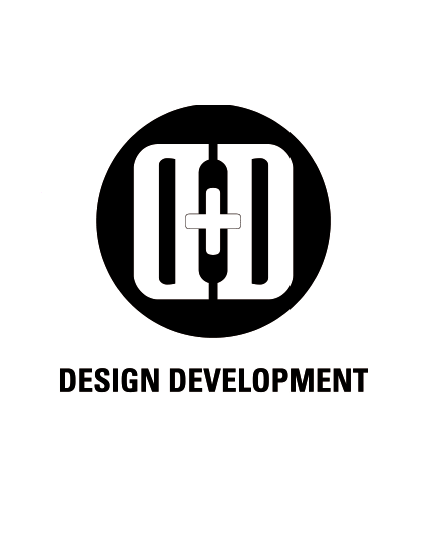Architects are responsible for the design and development of buildings and other structures. This includes everything from initial concept development to final construction documentation.
The design process typically starts with a consultation with the client to determine their needs and preferences. The architect will then develop a preliminary design that takes into account the site, budget, and other constraints. This design may be presented to the client for review and feedback.
Once the client approves the preliminary design, the architect will develop detailed construction drawings and specifications. These documents will be used by contractors to build the project.
Throughout the development process, the architect may be involved in coordinating with engineers, contractors, and other professionals to ensure that the project is being built according to the design specifications. They may also be responsible for obtaining necessary permits and approvals from regulatory agencies.
Overall, the architect plays a critical role in the design and development of buildings and other structures, ensuring that they are functional, aesthetically pleasing, and safe for occupants.
What is Design Development ?
Design development is the phase of the design process where the conceptual design is refined and detailed. It typically follows the schematic design phase, which establishes the overall design direction and general layout of the project.
During the design development phase, the architect will work to develop the design in greater detail. This may include refining the floor plans, elevations, and other design elements, as well as specifying materials, finishes, and systems. The architect may also work with engineers, contractors, and other consultants to ensure that the design meets technical requirements and regulatory standards.
The design development phase is an important stage in the design process, as it sets the stage for the construction documentation phase. The goal of the design development phase is to produce a design that is well-developed and detailed enough for construction documentation to be created. This means that the design should be sufficiently refined that the construction team can begin to understand how the project will be constructed, and what materials and methods will be required.
Overall, the design development phase is an essential step in the design process, helping to ensure that the final design is well-considered, detailed, and ready for construction.
Elements of Design Development
The design development phase of a project involves the refinement of the design concept, and the development of detailed plans and specifications that will guide construction. Some of the key elements involved in the design development phase include:
- Floor plans: During the design development phase, the architect will develop detailed floor plans that show the layout of rooms, walls, and other key features. The floor plans will typically show the location of doors, windows, and other openings, as well as the dimensions of each room.
- Elevations: Elevations are detailed drawings that show the exterior of the building, including the height and shape of walls, windows, doors, and other features. The elevations will typically show the building from multiple angles to provide a complete picture of the design.
- Building sections: Building sections are detailed drawings that show a cross-section of the building, typically from the foundation to the roof. They show the height and shape of walls, the placement of windows and doors, and other key features.
- Materials and finishes: During the design development phase, the architect will specify the materials and finishes that will be used in the construction of the building. This may include selecting specific types of flooring, wall coverings, and other finishes.
- Building systems: Building systems include the mechanical, electrical, and plumbing systems that will be installed in the building. During the design development phase, the architect will work with engineers to develop detailed plans for these systems, including the location of fixtures and equipment.
- Site plan: The site plan shows the location of the building on the site, including the placement of parking, landscaping, and other features. The site plan may also show access roads, sidewalks, and other site improvements.
Overall, the design development phase involves the development of detailed plans and specifications that will guide construction, including floor plans, elevations, building sections, materials and finishes, building systems, and site plans.





